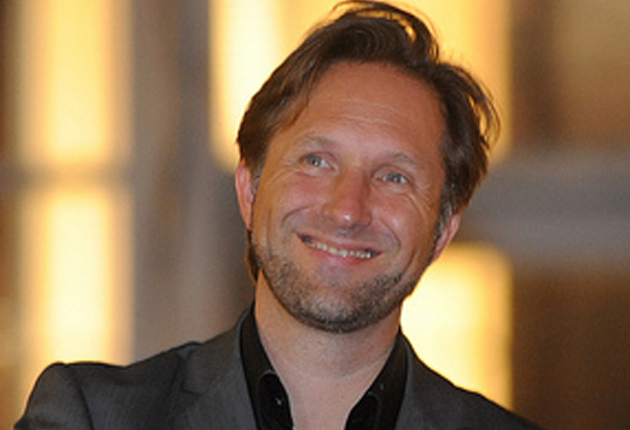Zollverein mine
Bernd Fesel
Zollverein is a big complex, as large as Essen. To leave this area unused would be dangerous for the whole region. During the International Architecture exhibition, the idea came about to use former industrial sites as industrial heritage - for exhibitions, tourism, or family trips. You have to remember that these sites were off public sight and were never visited. There was hence a lot of people interested in incorporating these spaces into the public sphere of the city. Rem Koolhaas, a well-known Dutch architect, created a plan to start using Zollverein. It was gradually rebuilt, with investment of more than 100 million Euros. Because a lot of the soil on the site was polluted, it had to be taken away, a process which alone took years to be completed. In 2010 when we held the European Capital of Culture title, the regional Ruhr Museum reopened and attracted tens of thousands more visitors than we expected. Zollverein used to welcome around 1 million visitors a year, this year, which is still not over, 2 million visitors went to see it. You really see the public interest, and this is the actual source of re-generation of the complex. If the public was not interested, we would have no chance to renovate the large spaces, no matter how big the investments.
Related fights
- Regeneration of the Jakominiviertel in Graz
- Regeneration of Bristol’s docks
- Rotterdam’s cultural policies and their impact
- East London as a creative cluster
- Beyond the creative industries
- Large cities vs Smaller towns
- Turkish wedding businesses revitalised the city
- Zollverein mine
- Creating the city
- Urban planning in Helsinki
- Downside of gentrification
- Haushalten brought new energy into the city
- Regeneration of Karlheinestrasse
More fights by Bernd Fesel
- What are the Creative Industries?
- Decline of coalmines in the Ruhr
- Ruhr’s support for the Creative Industries
- Value added by the RUHR.2010
- Top-down vs Bottom-up approaches
- Creative Industries have important spin-off effects
- Turkish wedding businesses revitalised the city
- Dortmund U
- Zollverein mine
- Industry supporting cultural projects
- Cherry principle
